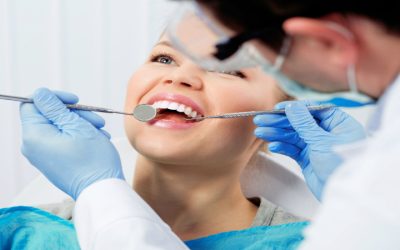The use of laser technology in the dentistry field is nothing new. In fact, this approach has been in use for over two decades. In spite of that usage, many patients are unfamiliar with how Laser Dentistry can be employed. That includes the process of dealing with tooth decay. Here is some information a patient can put to good use.
Removing the Decayed Portion
Thanks to the aid of Laser Dentistry Philadelphia, removing the decayed portion of the tooth is easier. Older methods create friction and heat that can irritate the gum and interfere with the healing process. With the aid of the right type of laser, the dentist has more control over how the decay is slowly stripped away from the healthy part of the tooth. It’s also easier to ensure every last bit of the decay is gone before the patient is fitted with a filling.
Less Pain for the Patient
More traditional methods do involve a greater risk of pain for the patient. That’s why the dentist is likely to deaden the gum and may even employ some form of sedation. While that’s fine for most patients, those who have adverse reactions to sedatives or have a fear of needles will find the use of the laser is more to their tastes.
Using a laser to get rid of tooth decay falls into a category known as painless dentistry. The designation is due to the fact the laser is less likely to trigger the pain that occurs using older methods. As a result, the patient may need little to no sedation. There’s also a chance that administering something to deaden the gum will not be necessary.
Keep in mind that the use of a laser will not work for all types of cavities. The dentist may hesitate in particular if the decay is severe enough to reach the root. In that scenario, using a more traditional method is likely to be best.
If the teeth could use some attention, visit myabsolutesmile.com today and schedule an appointment. The patient can look forward to enjoying the latest in dental technology and procedures while making the smile look better than it has in years.








